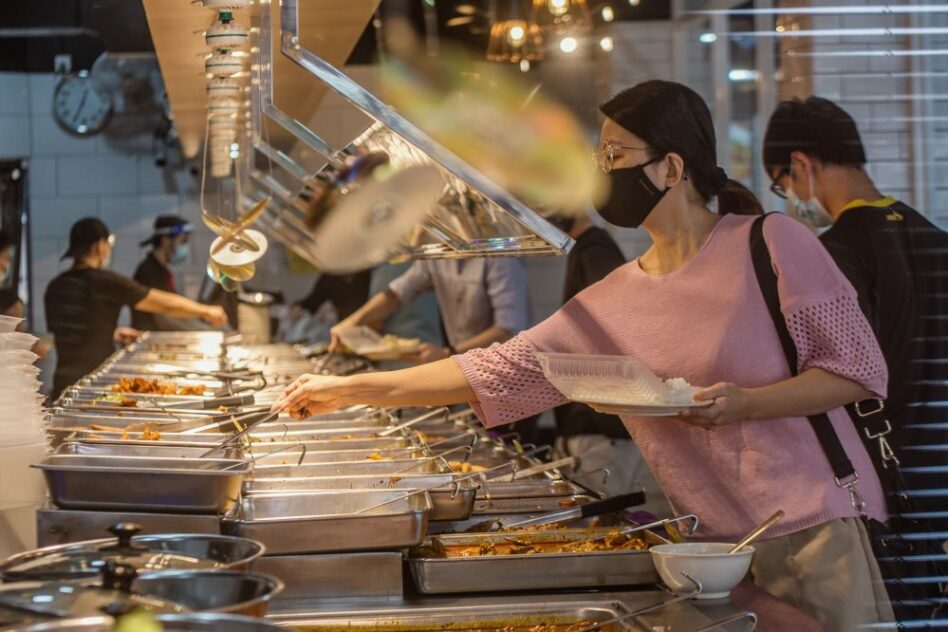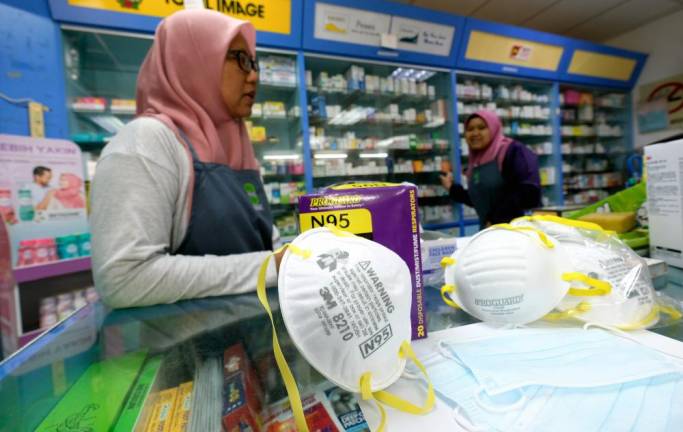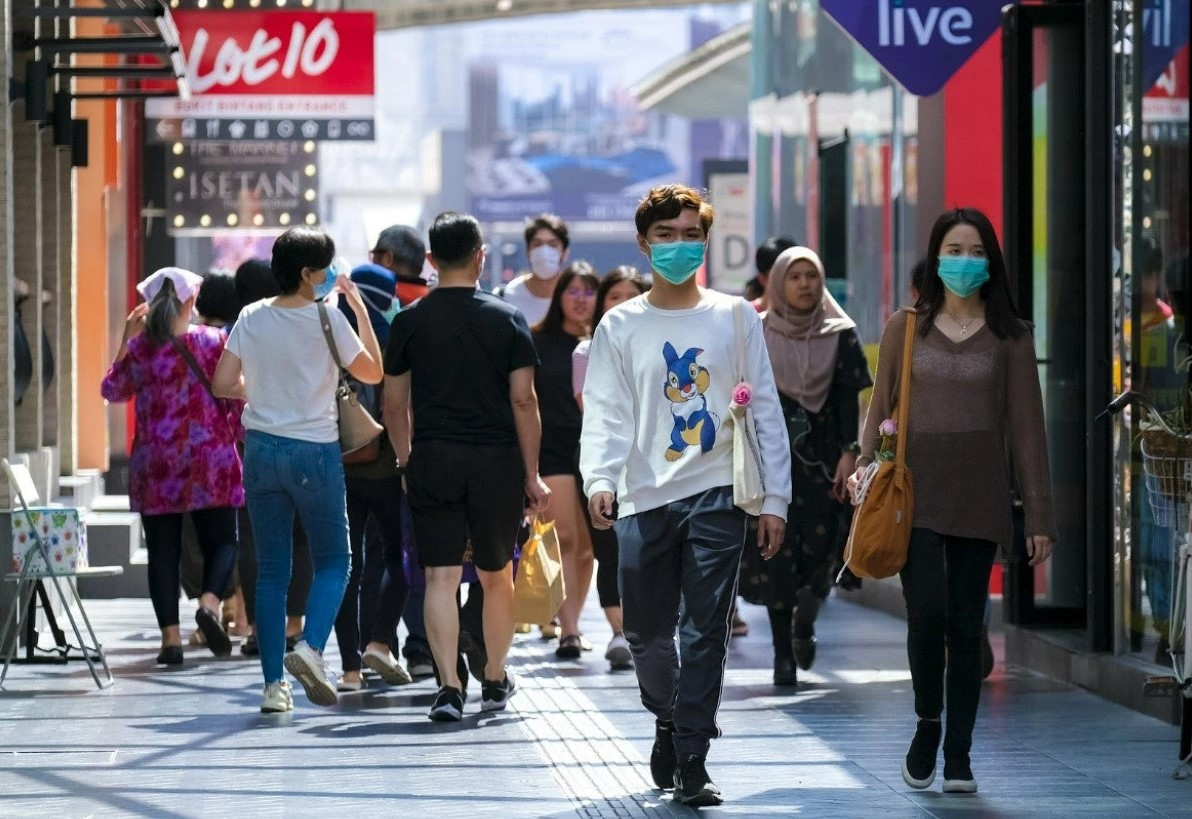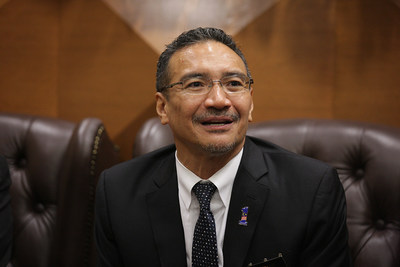THE aftermath of the COVID-19 pandemic saw an increase in households in absolute poverty in contrast to the downward trend of poverty in the years before, a Khazanah Research Institute (KRI) report found.
In its ‘The State of Households 2024: Households and the Pandemic 2019-2022’ report, the research house noted that while not all districts faced a rise in absolute poverty, urban households were the most affected with poverty rising from 3.8% in 2019 to 4.5% in 2022.
“Districts with higher incidences of households in absolute poverty had households with relatively lower access to basic amenities such as access to piped clean water or garbage collection facilities, pointing to strong overlaps between monetary and non-monetary poverty,” said the report.
On the change in household expenditure patterns post-pandemic, the research house found that nationally, household expenditure as a percentage of income has continued to rise, with urban households seeing higher growth (5.6%) compared to rural ones (3.6%) from 2014 to 2022.

Generally, households allocate the largest share of their monthly expenditures to three fundamental necessities: (i) housing and utilities (23.2%); (ii) food at home (16.3%) and dining out (15.3%); and (iii) transportation (11.3%).
Food away from home is rapidly substituting food at home, with Malaysian households spending nearly half, or 48%, of their food expenditure on food away from home post-pandemic, KRI found.
Meanwhile, work-from-home (WFH) related expenses surged during the pandemic years as households adapted to remote work and learning.
“Between 2019 and 2022, real expenditures on housing and utilities grew by 10%, while spending on furnishings and household maintenance increased by 14%,” according to the report.
“Between 2014 and 2022, there was higher growth in ICT expenditure among rural households at 26.0% compared to urban households at 22.5% with the steepest increase in the 2019-2022 period.”
The report also found that the pandemic had significantly reshaped healthcare spending patterns among Malaysian households – from 2019 to 2022, poorer households had increased their healthcare spending faster than wealthier households, reversing pre-pandemic trends.
“Rural areas in several states, including Kedah, Kelantan, and Sarawak, saw healthcare expenses grow more rapidly than urban areas, although urban households continued to spend more in absolute terms,” said the report.
Preventive items such as face masks and sanitizers contributed to the spike in medical product spending, while the share of spending on medicines decreased.

“Medicines, once the dominant category within healthcare expenditure, saw their share decline as spending on medical products surged (from RM2.30 in 2014 to RM34.50 in 2022, a 1,375% increase), driven by the need for preventive items like face masks and sanitisers,” it added.
KRI’s research also found that access to computers had shown the most increase from 71.3% in 2019 to 91.3% in 2022.
It said despite an urban-rural divide where urban households are more likely than rural households to have access to computers and fixed broadband, smartphones and mobile broadband penetration rates are higher in both urban and rural households.
Digital use to access services also rose during the pandemic, although this use was not sustained evenly across groups.
“Financial consumer behaviour experienced the most growth between 2017 and 2022 but only remained high post-pandemic among those under 50,” KRI reported.
“Health-related digital use spiked in 2021 and then decreased in 2022, with the rise and fall especially pronounced for those aged 60 and above.
“This may reflect the introduction of the MySejahtera application during the pandemic which showed the potential of a mobile-centric public digital health platform.” – Sept 26, 2024
Main image: World Bank Blogs









